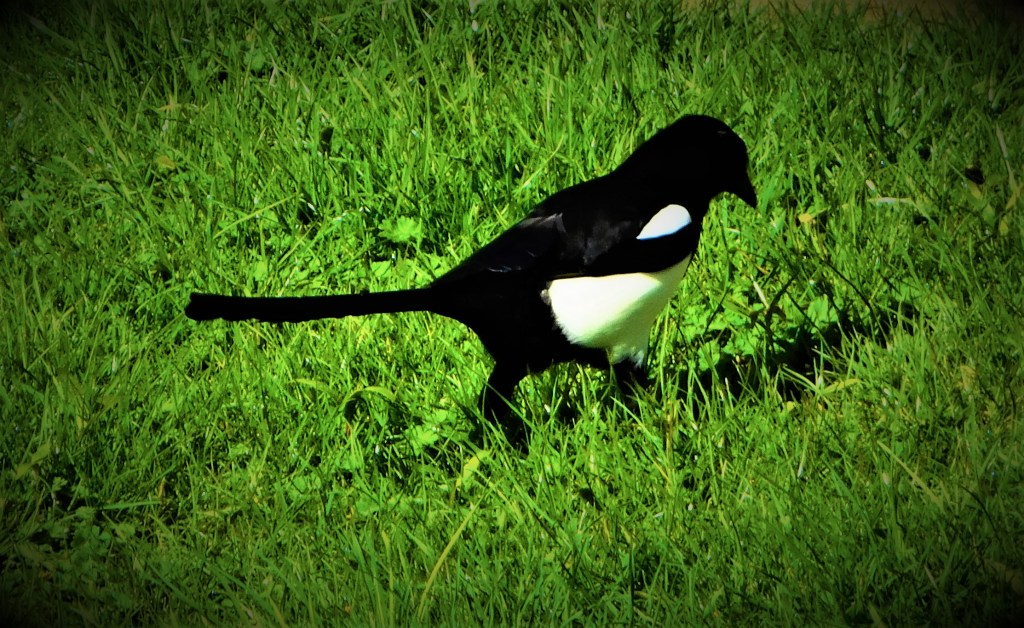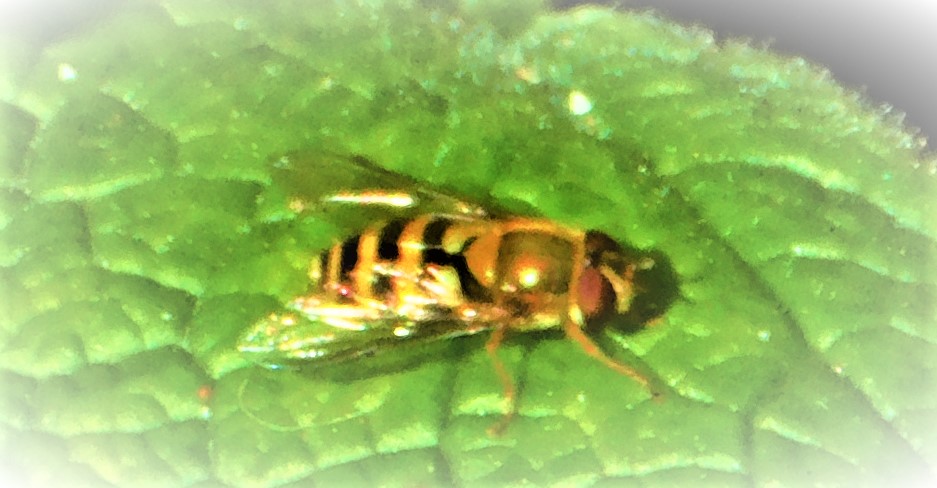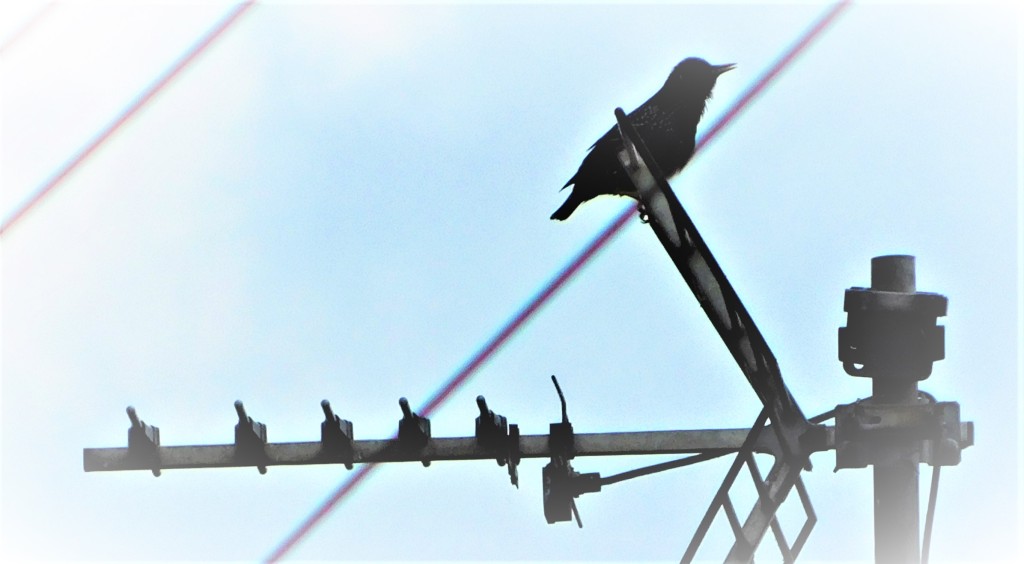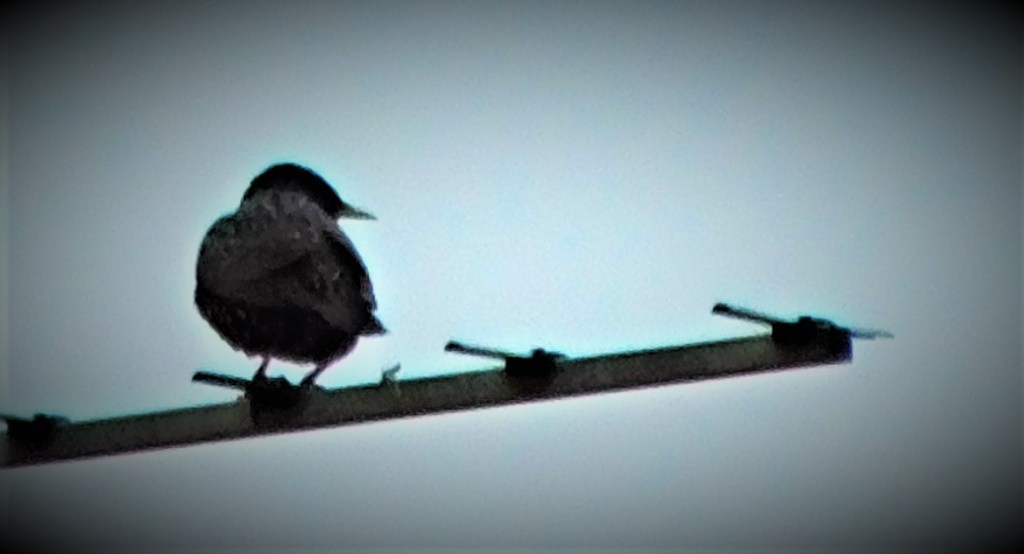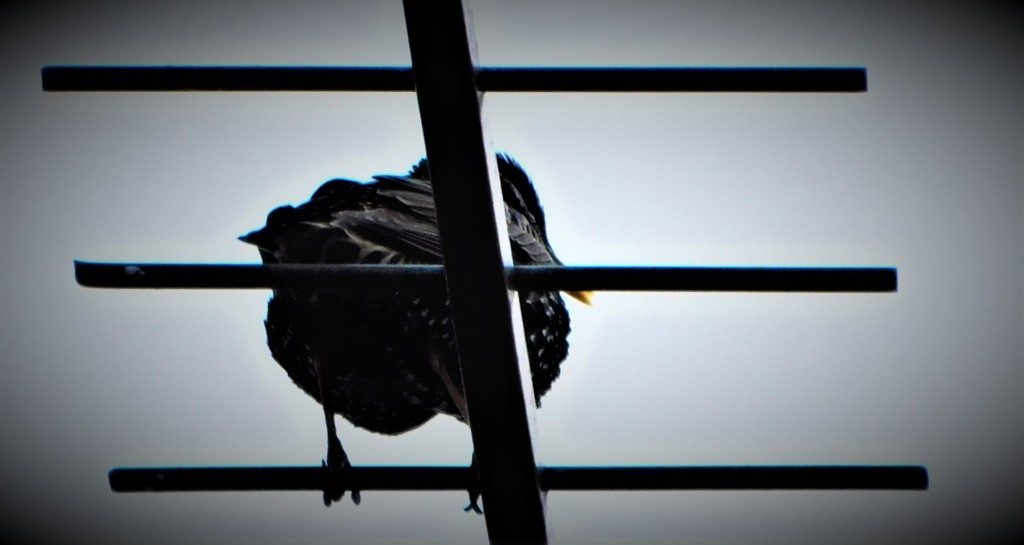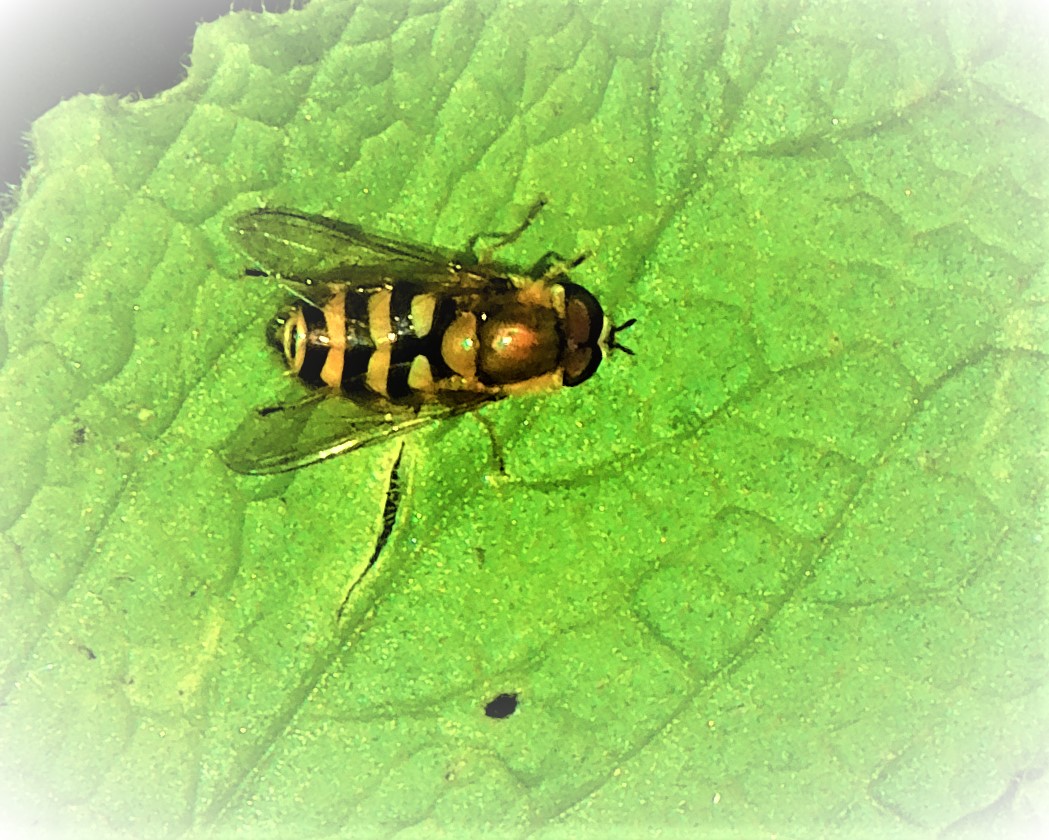With the second round of county championship 2023 fixtures starting tomorrow I set myself a little challenge for today’s blog…
THE BRIEF
The rules I set myself for this particular XI were: every player must represent a different county and all players must be England qualified. I do not for one instant claim that this team contains the 11 best cricketers produced by the counties down the years, or even that every chosen player would be described as their county’s all time number one, though all are unequivocal greats of the game.
THE XI IN BATTING ORDER
- *WG Grace (Gloucestershire, right handed opening batter, right arm bowler of various types, excellent close fielder, captain). Cricket’s first superstar, absolutely dominant in his absolute pomp in the 1870s, and still capable of outstanding performances for many years after his pomp – his third and last first class triple century was scored in 1896 at the age of 48, while his last FC century was scored on his 56th birthday.
- Jack Hobbs (Surrey, right handed opening batter, outstanding cover fielder, occasional medium pacer). The Master. Almost half of his vast tally of first class hundreds were scored after he had turned 40.
- Johnny Tyldesley (Lancashire, right handed batter). One of the best bad wicket batters ever to play the game. In the first decade of the 20th century only two professionals were sufficiently accomplished willow wielders to be picked for England purely on the strength of their skill in that department, the other being David Denton of Yorkshire.
- Philip Mead (Hampshire, left handed batter). Most runs and most centuries for a single team of anyone (48,809 and 135), 4th leading run scorer overall in FC history and 4th leading centurion as well.
- Patsy Hendren (Middlesex, right handed batter, superb fielder). The second leading scorer of first class centuries (170) and third leading scorer of FC runs (57,611) in history. 74 of his centuries were scored at Lord’s, the most at single ground by anyone.
- George Hirst (Yorkshire, right handed middle order batter, left arm fast medium bowler, outstanding mid off fielder). He achieved the season’s double of 1,000 runs and 100 wickets 14 times, including ten times in a row. In 1904 and 1905 he had 2,000 runs to go with his 100 wickets, and in 1906, uniquely in first class history he managed the ‘double double’ – 2,385 runs and 208 wickets. This included the only ever instance of a cricketer scoring centuries in each of his sides’ innings and taking five-fors in each of the opposition’s. His Yorkshire skipper, Lord Hawke, reckoned him the greatest of all county cricketers. It was a common tactic in his day for bowlers to rub the ball in the dirt to remove the shine and make it easier to grip. Hirst, one of the pioneers of swing and cut, was also the first to make a point of shining the new ball so that it would do more.
- +Les Ames (Kent, right handed batter, wicket keeper). Over 100 FC centuries, and over 1,100 FC dismissals, including an all time record 418 stumpings. His approach to batting, exemplified by the fact that he twice won the Lawrence trophy for the fastest first class hundred of the season makes him an ideal number seven in a very strong line up.
- Vallance Jupp (Sussex, Northamptonshire, right handed batter, off spinner). It was after he moved north from Sussex and qualified by residence for his new county that his career took off. In the 1920s he did the double in each of eight successive seasons.
- Harold Larwood (Nottinghamshire, right arm fast bowler, right handed lower order batter). Australians are wont to point out that outside the 1932-3 Ashes (where he claimed 33 cheap wickets) his test stats were ordinary, but his record for his county was outstanding.
- William Mycroft (Derbyshire, left arm fast bowler, right handed tail end batter). Over 800 FC wickets at 12.09 a piece.
- Eric Hollies (Warwickshire, leg spinner, right handed tail end batter). More wickets taken than runs scored in first class history. Although he did not get to play a huge amount of test cricket he did play his part in that format’s most famous ever duck “…Bradman bowled Hollies 0…bowled Hollies 0…”, which took the little Aussie’s batting average down from 101.29 to 99.94.
The XI has a formidably strong line batting line up (a run packed top five, genuine multidimensional players at six, seven and eight and a number nine who was good enough with the bat to have a test match 98 to his credit. The bowling, with Larwood, Mycroft and Hirst to bowl pace/ seam/ swing, two great and contrasting spinners in Jupp and Hollies and the redoubtable WG as sixth bowling option is if anything even more formidably strong than the batting and it would take a mighty XI to beat this one.
INVITING COMMENTS
This section is usually devoted to honourable mentions, but these would be too numerous to list in this post. I merely remind people of the criteria (ultra harsh judges would disqualify Mead because of his early attempt to make the grade at Surrey) and make my invariable point in this situations: if you have a favourite you want included please consider how their presence would alter the balance of the XI, and if they play for the same county as a current member of the XI with a different skill set how do you replace that person?
PHOTOGRAPHS
I have a splendid gallery for you today…





